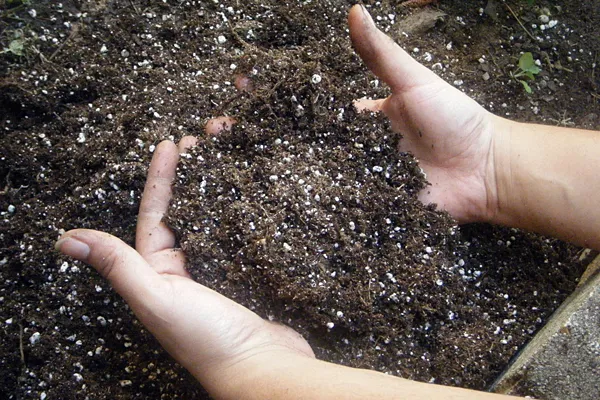To satisfy the nutrient deficit in agricultural fields, agro-producers worldwide use synthetic fertilizers with high proportions of phosphorus to ensure sufficient biochemical energy for cellular metabolism.



▶ Plant species have high nutritional requirements, and phosphorus, together with nitrogen, constitutes one of the main mineral elements that tend to limit agricultural production, including yield levels and fruit quality.

▶ Credits: morningagclips. – [Image of Public Domain]
≕ I invite you to stay tuned and read my next contribution ≔
In particular, phosphorus is an element that is not very mobile in the soil, which is easily fixed, in non-exchange positions, with soil clays, organic matter and aluminum, in the case of acid soils, or calcium, in the case of alkaline soils.
Phosphorus is an essential element, which is absorbed by the plant in the form of H2PO4- or HPO42-, performing the following functions: a) it is part of phosphoproteins, phospholipids (membranes), phytins (reserve), it is an essential part of nucleic acids. b) it is an essential constituent of the nucleic acids.
In addition, phosphorus is an essential constituent of nucleotides; d) it stimulates root development; e) it promotes flowering and seed formation and is required by leguminous plants for biological nitrogen fixation.

Hence, a low phosphorus supply in the plant causes severe damage to vegetative growth, leaf expansion, reproductive organs, flower initiation and number of flowers, seed formation and germination.
NOTE: Reference material.